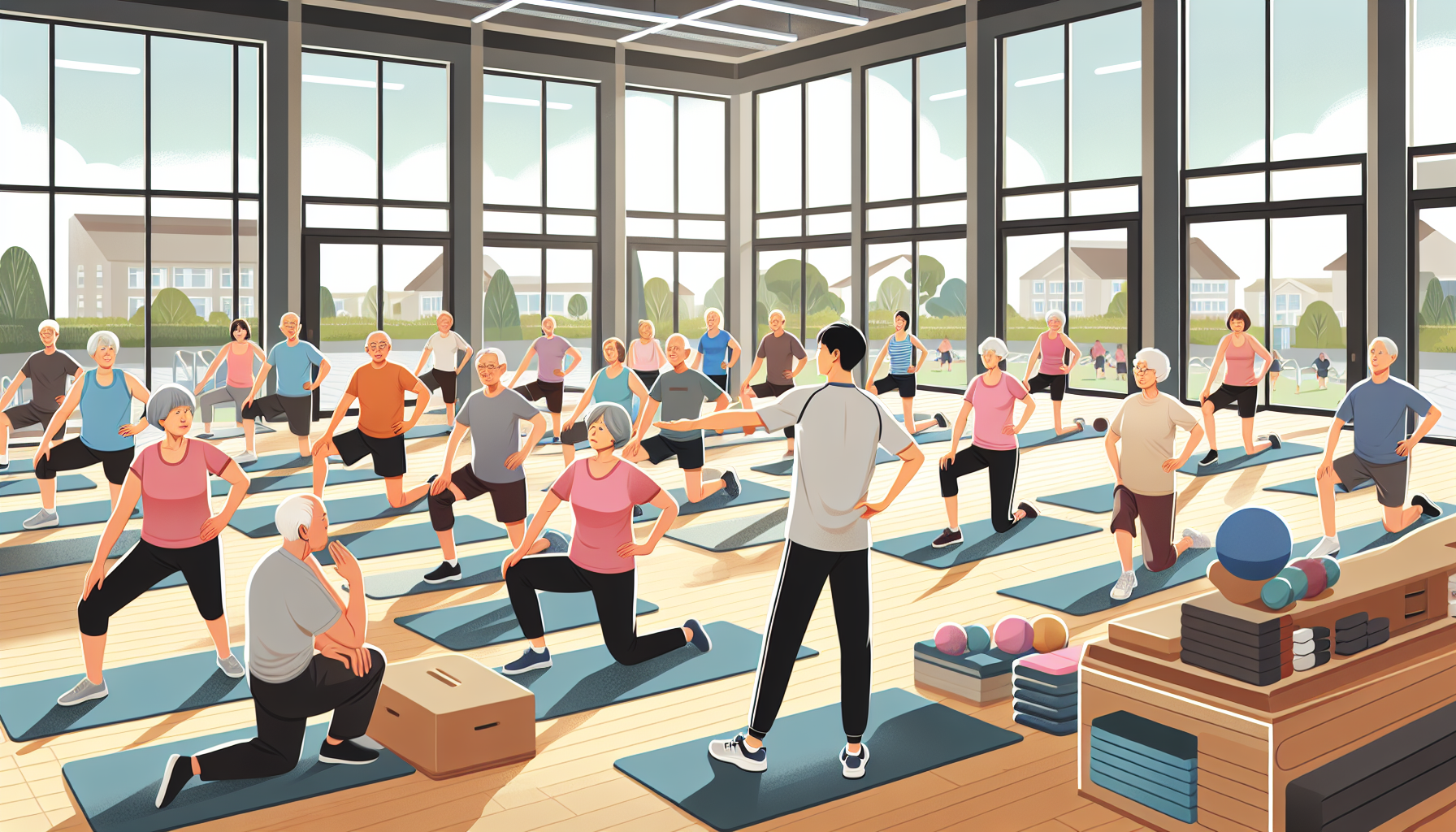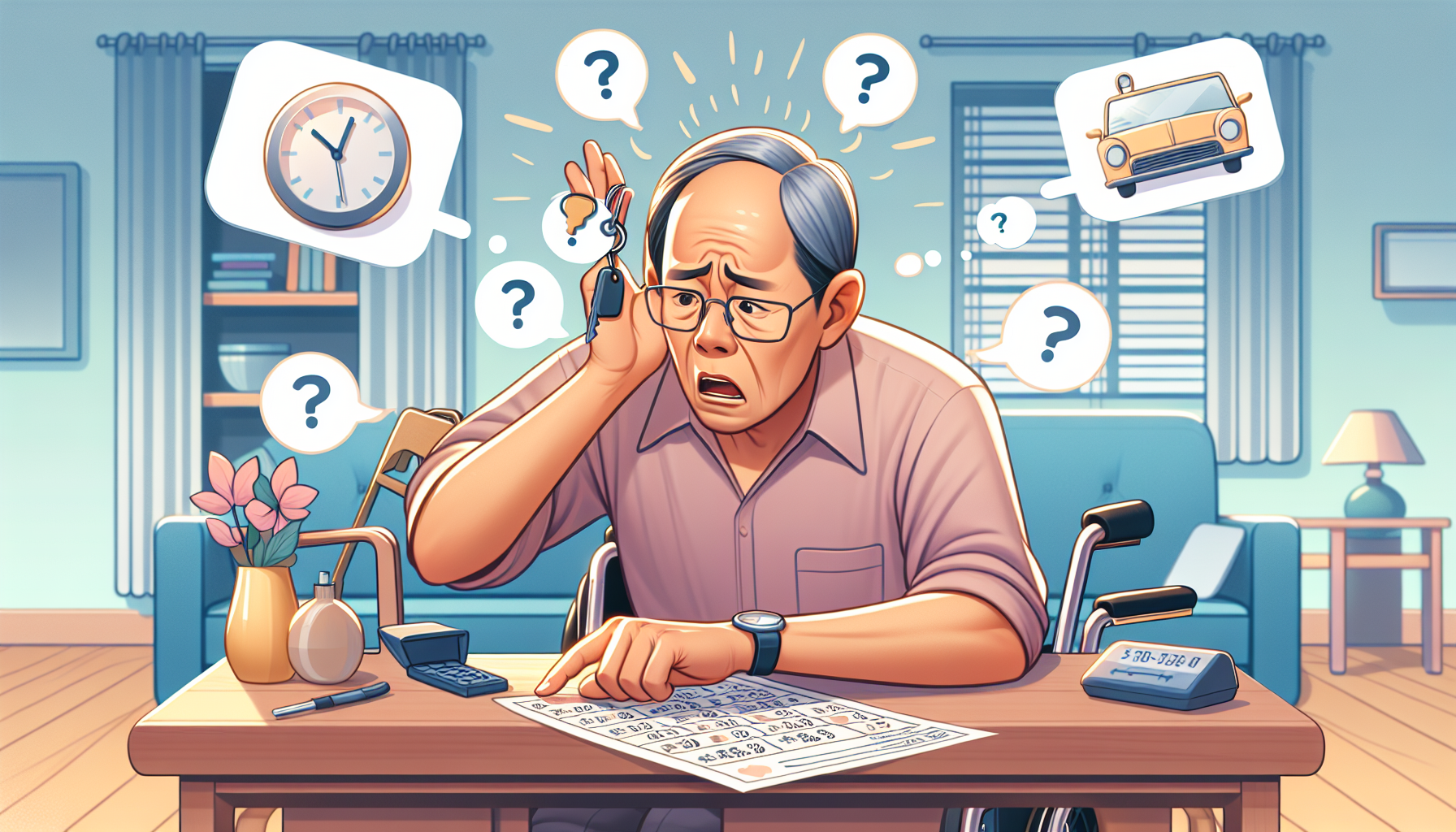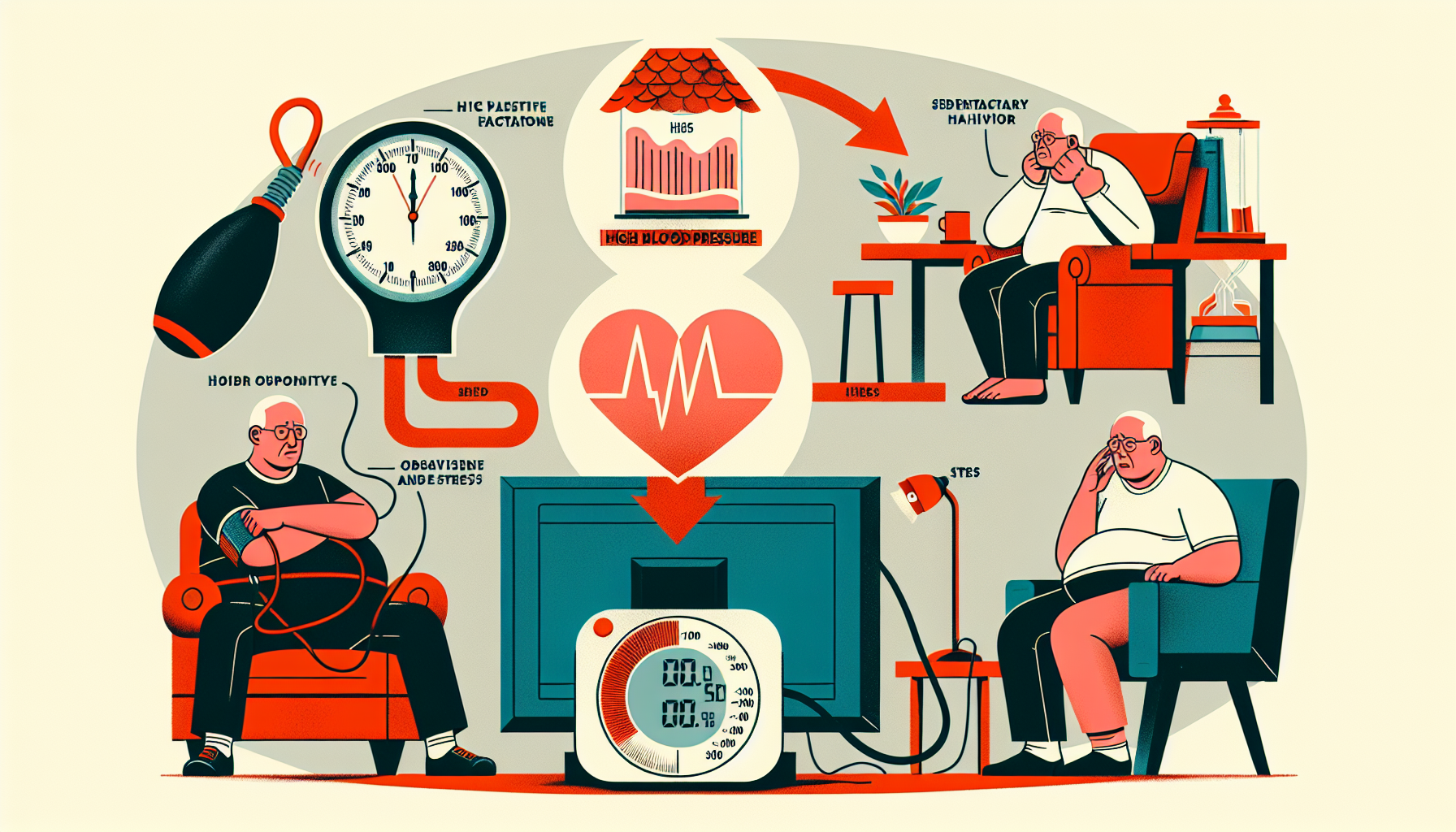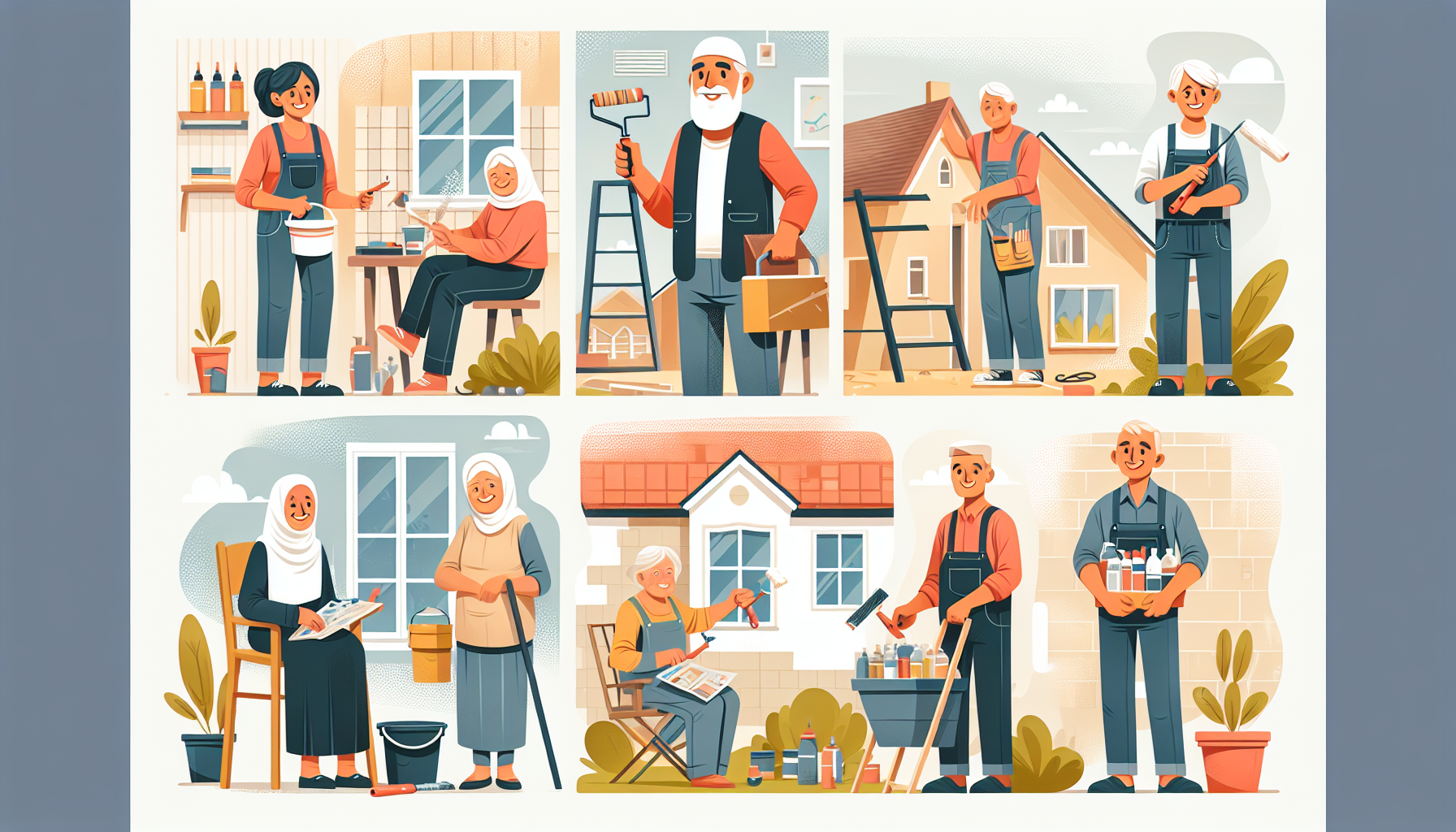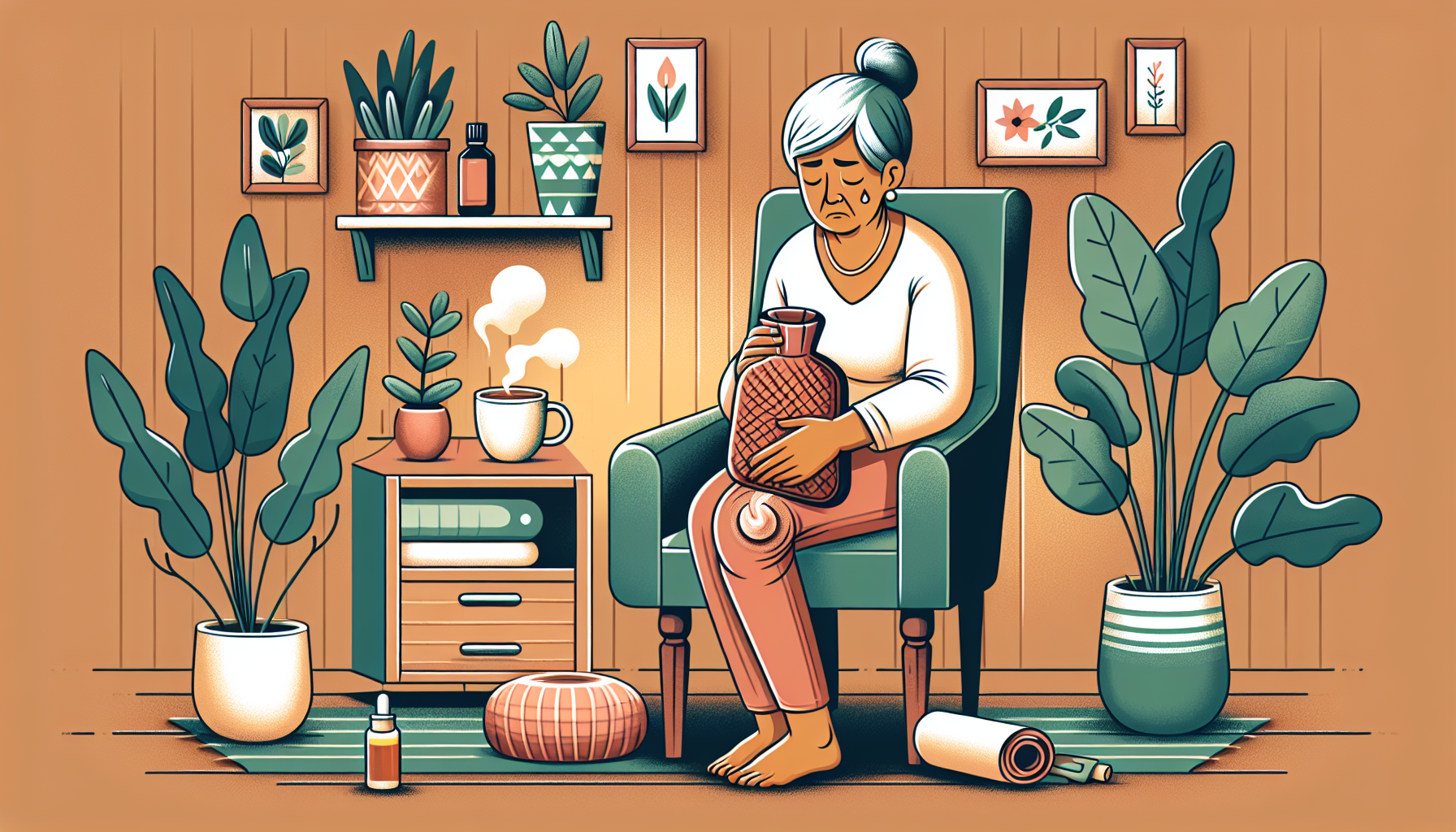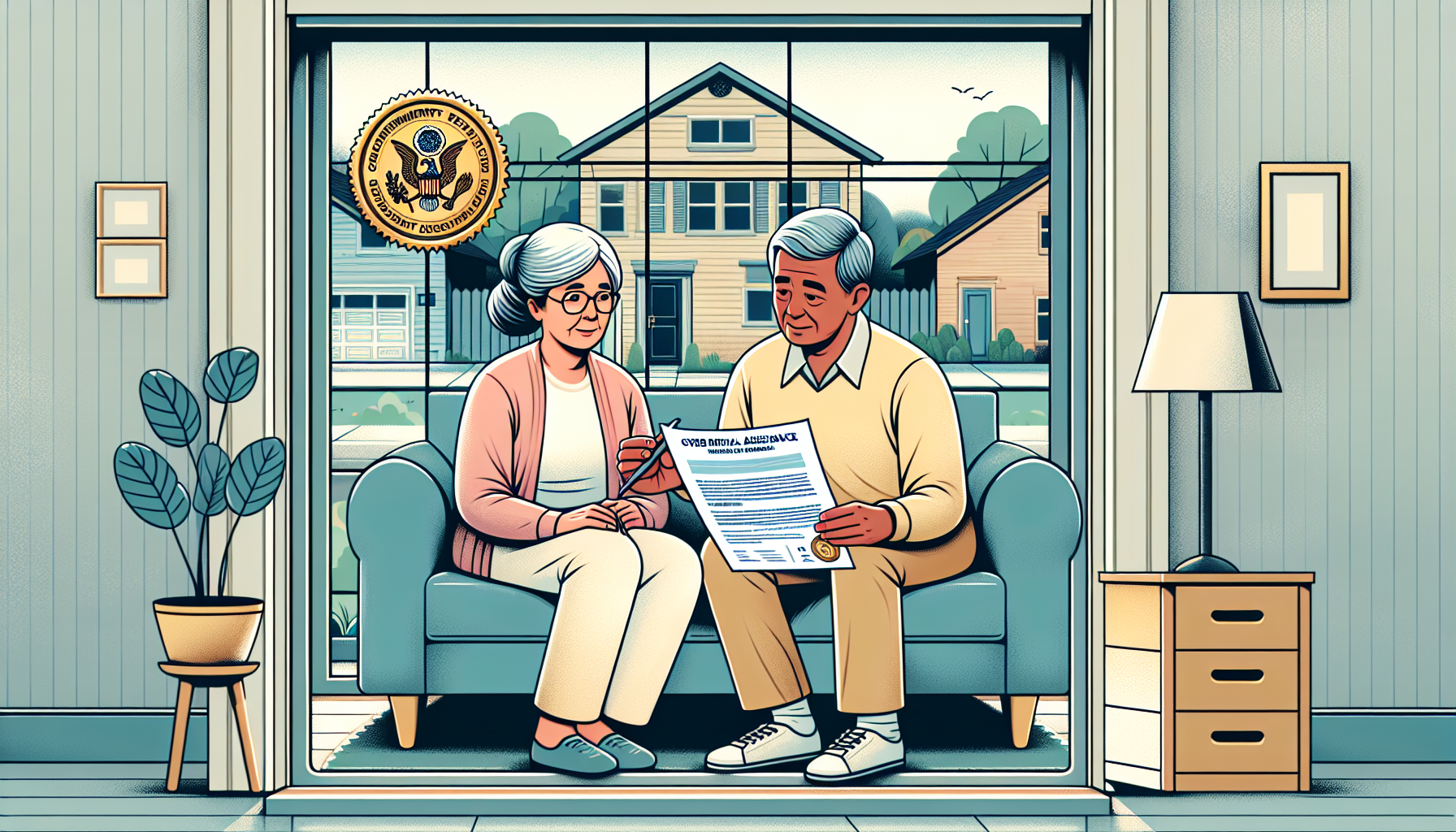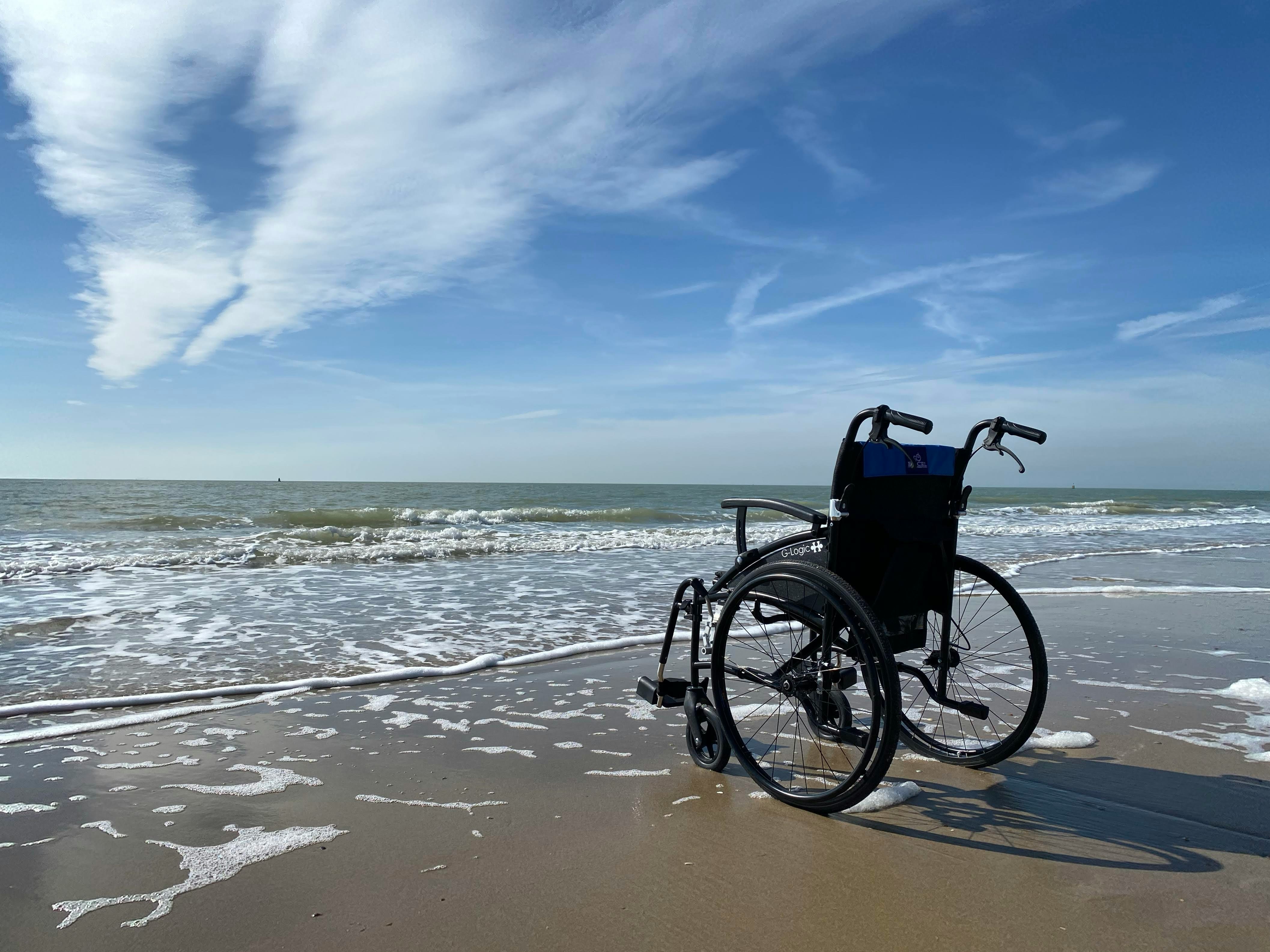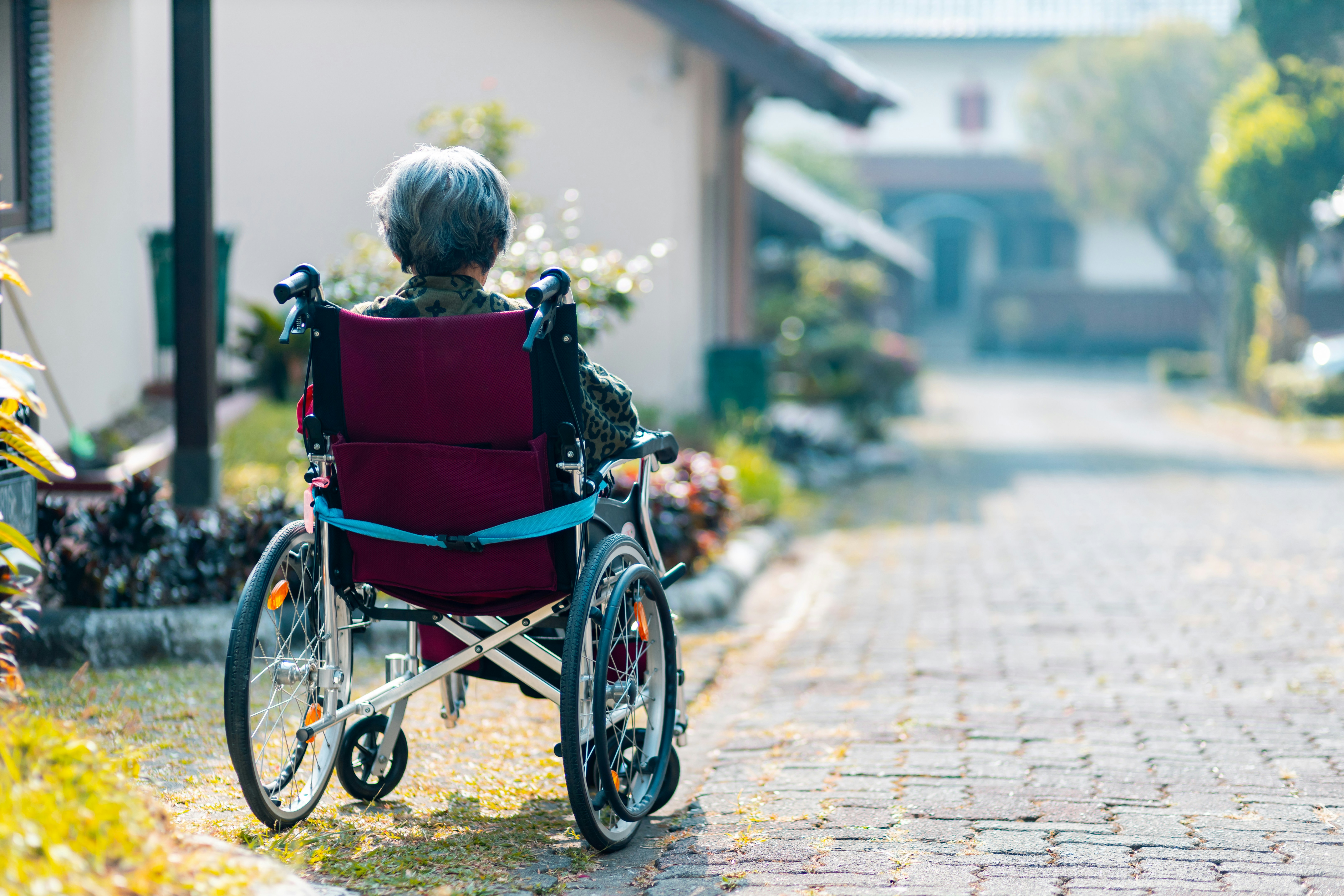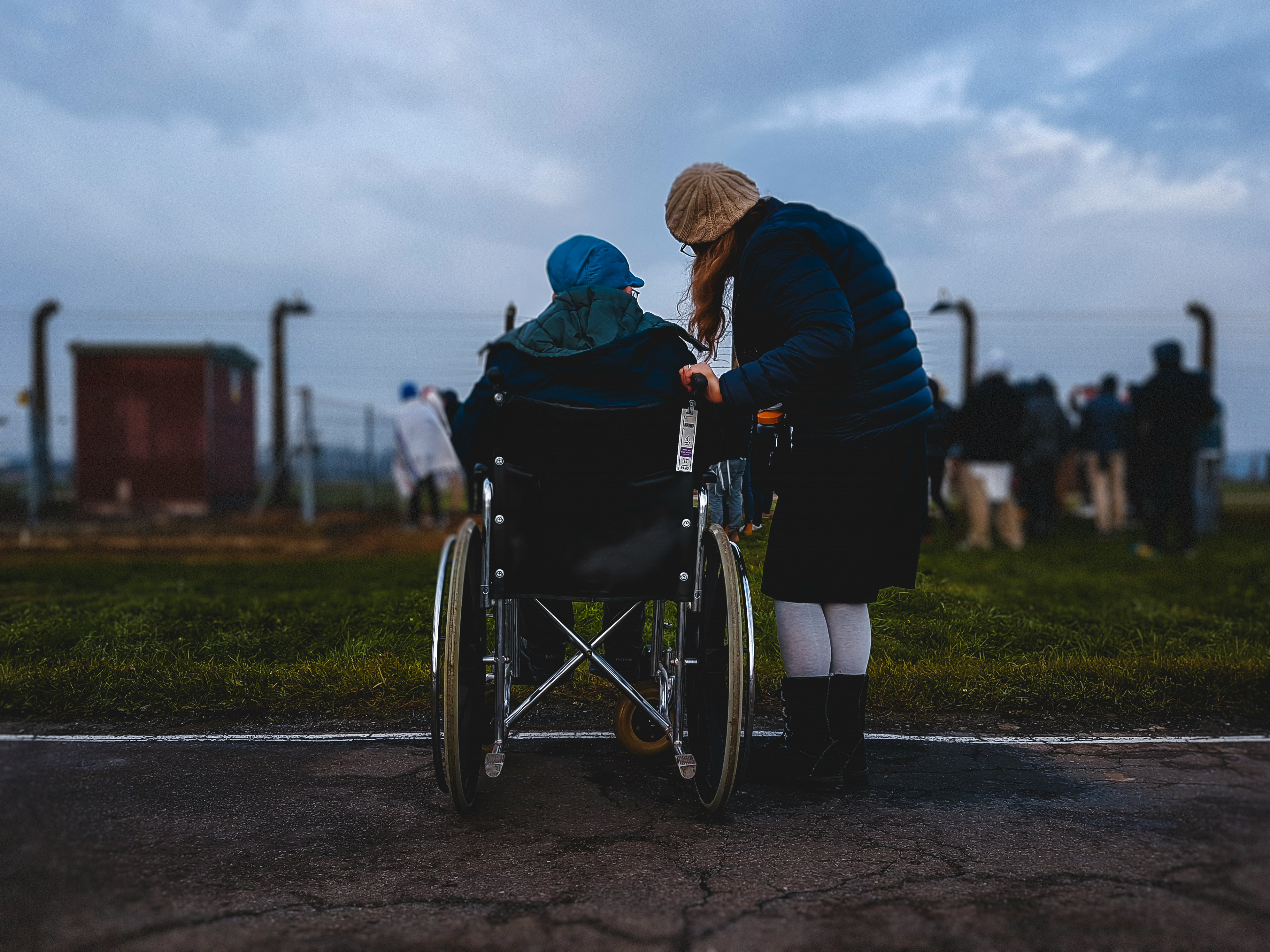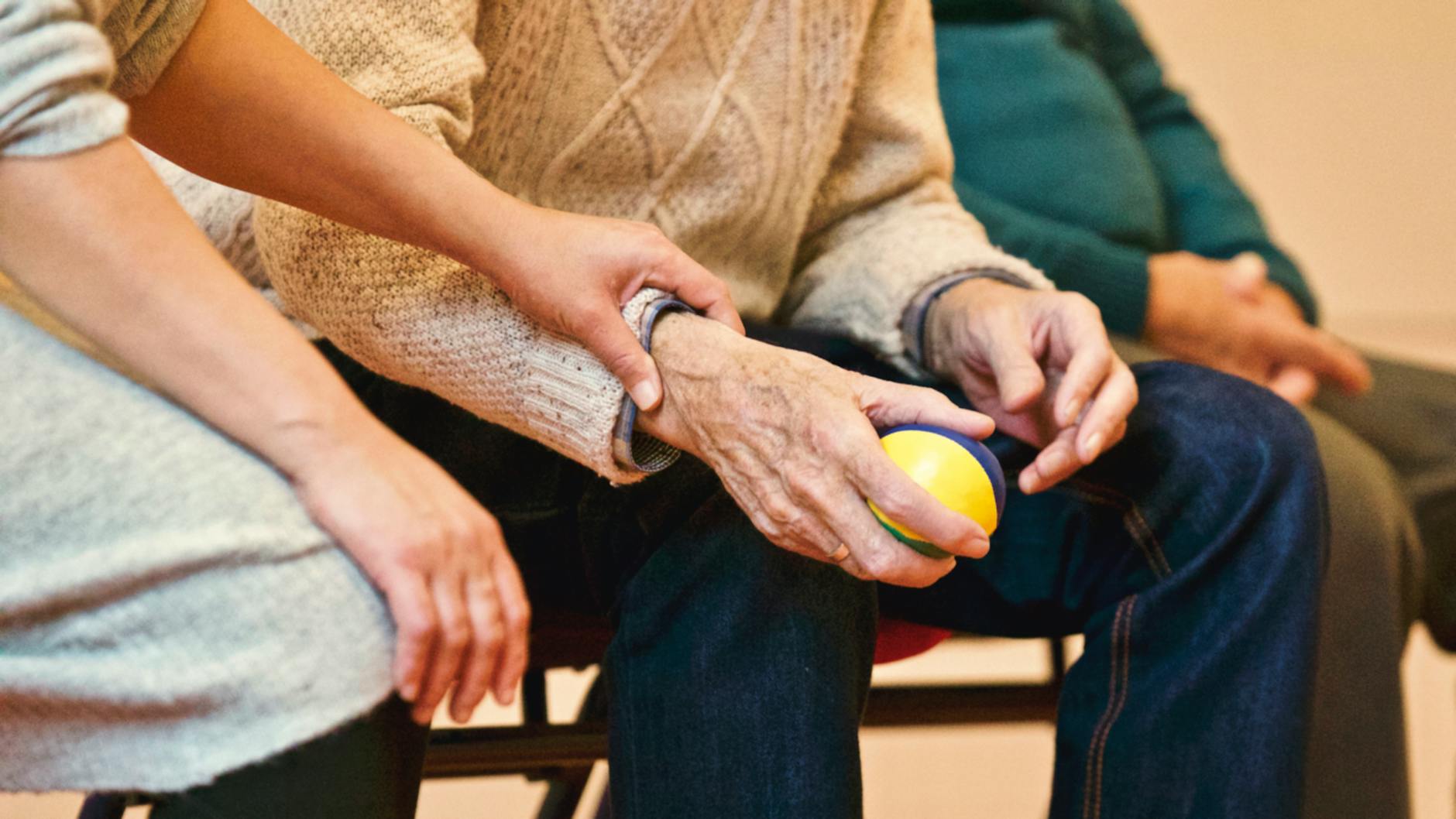Why Do Seniors Prefer To Stay In Their Homes?
Discover why seniors prefer to stay in their homes! Uncover the emotional well-being, familiarity, and social connections that make home living irresistible.

Reasons Seniors Prefer Home Living
For many seniors, the desire to stay in their homes is strong. There are several reasons why seniors prefer home living, including independence and emotional well-being, familiarity and comfort, and social connections and routines.
Independence and Emotional Well-being
Staying in their own homes allows seniors to maintain their independence and emotional well-being. The sense of autonomy and control over their living space is invaluable, providing a continued sense of self-reliance and personal freedom. Being able to make decisions about their daily routines, activities, and lifestyle choices contributes to a positive mindset and overall well-being.

Familiarity and Comfort
Home is a place filled with memories, familiarity, and comfort. Seniors have often spent a significant portion of their lives in their homes, creating a deep emotional attachment to their living space. The comfort of familiar surroundings and the ability to navigate their home effortlessly brings about a sense of security and contentment. Being surrounded by cherished possessions and personal mementos can also contribute to a feeling of happiness and peace.
Social Connections and Routines
Staying in their homes allows seniors to maintain their social connections and routines. Over the years, seniors have built relationships within their communities, such as neighbors, friends, and local organizations. These social connections provide companionship, emotional support, and a sense of belonging. Additionally, seniors often have established daily routines and activities that bring structure and purpose to their lives. Continuing these routines fosters a sense of normalcy and stability.
According to a survey conducted by AARP, nearly 90% of adults aged 65 and older wish to stay in their current residence as they age. The comfort, familiarity, and emotional attachment associated with their living space, along with the desire to maintain independence and social connections, make staying in their homes a preferred option for many seniors.
By understanding these reasons, caregivers and families can better support and facilitate the desire of seniors to age in place. It is important to ensure that the home environment is safe, accessible, and equipped with any necessary modifications to accommodate the changing needs of seniors.
Advantages of Aging in Place
As seniors consider their living options, many express a strong desire to stay in their homes. Aging in place, which refers to the ability of older adults to live independently in their own homes or communities, offers several advantages that contribute to their overall well-being and quality of life.
Healthcare Continuity
One of the significant advantages of aging in place is the ability to maintain healthcare continuity. By staying in their homes, seniors can benefit from established healthcare providers and systems they are familiar with, ensuring consistent and personalized care. The familiarity with their healthcare providers allows for ongoing monitoring of their health, management of chronic conditions, and prompt response to any medical concerns.
Local Amenities and Well-being
Staying in their homes enables seniors to enjoy the local amenities and resources within their community. They can continue to access familiar places such as grocery stores, pharmacies, parks, and recreational facilities. Being able to engage in activities they enjoy and connect with their neighbors and friends contributes to their overall well-being and social fulfillment [1].
Additionally, living in their own homes allows seniors to maintain a sense of independence, autonomy, and control over their daily lives. They can continue their established routines, make decisions about their living space, and customize their environment to meet their specific needs and preferences. This familiarity and control contribute to a sense of comfort and security, promoting emotional well-being.
By aging in place, seniors can enjoy the advantages of healthcare continuity and access to local amenities, fostering their overall well-being and quality of life. It's important for caregivers and families to support seniors in their desire to stay in their homes, ensuring that necessary resources and assistance are available to help them maintain independence and age with dignity.
Challenges of Aging in Place
While aging in place offers numerous advantages for seniors, there are also challenges that need to be addressed to ensure their safety and well-being. Two key challenges that seniors may encounter when choosing to stay in their homes are home modifications and transportation accessibility.
Home Modifications
Home modifications play a crucial role in enabling seniors to age in place safely. However, many older adults may be unaware of the available modifications or face financial limitations that make them difficult to implement. In fact, only 10% of American homes are considered "aging ready," equipped with features like step-free entryways and bathroom accessibility features.
To create a safe and accessible living environment, seniors may need to consider modifications such as grab bars in bathrooms, ramps or lifts for stairs, and widened doorways to accommodate mobility aids like wheelchairs or walkers. These modifications can enhance independence and reduce the risk of accidents or falls.
It's important for seniors and their families to explore resources and funding options available to assist with home modifications. Local government programs, non-profit organizations, and grants specifically aimed at supporting aging in place may provide financial assistance or guidance in making necessary changes to the home.
Transportation Accessibility
Transportation options can present a significant barrier to aging in place. As seniors age, they may lose the ability to drive, which can limit their mobility and independence. Relying on alternative forms of transportation, such as walking, public transportation, or ridesharing, may not always be feasible or accessible for older adults, particularly in areas with limited transportation infrastructure.
Lack of transportation options can lead to social isolation, limited access to healthcare services, and difficulty running errands or attending social activities. It's essential for seniors and their families to consider transportation accessibility when deciding to age in place.
Exploring community resources, such as senior transportation services, volunteer driver programs, or local transportation options specifically designed for older adults, can help overcome transportation challenges. Additionally, utilizing technology platforms that offer ride-hailing services may provide a convenient solution for seniors to access transportation when needed.
By addressing home modifications and transportation accessibility, seniors can overcome some of the challenges associated with aging in place. It's important for families and caregivers to assist seniors in identifying resources, funding options, and community support to ensure their safety, independence, and overall well-being.
Barriers to Independent Living
While many seniors prefer to stay in their homes as they age, there are various barriers that can hinder their ability to live independently. Understanding these challenges is essential in providing the necessary support and resources to help seniors age in place. Here are three common barriers to independent living for seniors: financial concerns, social isolation and loneliness, and transportation limitations.
Financial Concerns
Financial constraints can pose a significant challenge for seniors who wish to age in place. Home modifications that enable individuals to age safely at home, such as step-free entryways and bathroom accessibility features, may be unknown or financially out of reach for older adults on a limited budget. In fact, only 10% of American homes are considered "aging ready" with these necessary features [2].
Affordability becomes a concern when considering the costs associated with making necessary modifications and adaptations to ensure a safe and accessible living environment. For those with limited assets, including their homes, financial constraints can make it difficult to invest in the necessary changes to age in place comfortably.
Social Isolation and Loneliness
Social isolation and loneliness are significant barriers to independent living for seniors. Older adults who lack social connections are more likely to experience health issues and face an increased risk of homecare failure. The absence of regular social interactions and companionship can have a negative impact on mental and emotional well-being, leading to feelings of loneliness and isolation [3].
Maintaining social connections becomes increasingly challenging as seniors age, especially if they face mobility limitations or live in areas with limited community resources. It is crucial to address these barriers by promoting social engagement and providing opportunities for seniors to connect with others in their communities.
Transportation Limitations
Transportation access is another common barrier to independent living for seniors. As older adults lose the ability to drive, they must rely on alternative forms of transportation such as walking, public transportation, or ridesharing. However, these options may have limitations in terms of accessibility, effectiveness, and efficiency. Approximately 45% of Americans lack access to public transportation, making it difficult for seniors to access necessary services, food, and medical care.
Transportation limitations can lead to increased dependency on others for essential tasks like grocery shopping, medical appointments, and social outings. Finding practical and accessible transportation solutions is crucial to ensuring that seniors can maintain their independence and continue to engage in their communities.
By addressing these common barriers to independent living, caregivers and families can support seniors in their desire to age in place. Providing financial assistance or exploring funding options, promoting social engagement, and finding transportation solutions are essential steps toward enabling seniors to maintain their independence and quality of life in their own homes.
Supporting Seniors at Home
For many seniors, the desire to stay in their own homes as they age is strong. Home care services play a crucial role in supporting seniors in their goal of aging in place. These services encompass a wide range of assistance and care that can help seniors maintain their independence and live comfortably in their own homes for longer periods of time.
Home Care Services
Home care services provide various forms of support to seniors in their own homes. These services include:
Factors to Consider
When considering home care services for seniors, several factors should be taken into account to ensure the best possible care and support:
By considering these factors and exploring the range of home care services available, caregivers and families can provide the necessary support to help seniors age in place comfortably and safely. It is important to be patient and open to new possibilities when embracing home care services, as they can greatly enhance the quality of life for seniors and provide peace of mind for their loved ones.
Alternative Living Options
While many seniors prefer to stay in their own homes as they age, there are alternative living options available that cater to their changing needs. These options provide a supportive environment and offer various amenities aimed at enhancing their quality of life. Two common alternatives are independent living communities and assisted living and nursing homes.
Independent Living Communities
Independent living communities, also known as retirement communities, are designed for active and independent seniors who want to maintain their autonomy while enjoying a sense of community and convenience. These communities offer a range of housing options, including apartments, cottages, or townhouses, tailored to the needs and preferences of older adults.
Living in an independent living community provides seniors with a supportive environment that fosters social connections and engagement. These communities often offer amenities such as fitness centers, communal dining areas, organized activities, and transportation services to local amenities [4].
By residing in an independent living community, seniors can enjoy a maintenance-free lifestyle, as these communities typically handle exterior maintenance, landscaping, and home repairs. This allows residents to focus on the activities they enjoy and the company of their peers.
Assisted Living and Nursing Homes
Assisted living and nursing homes are alternative living options for seniors who require additional support with daily activities and healthcare needs. These facilities provide a higher level of care and assistance, catering to individuals who may have physical or cognitive limitations.
Assisted living facilities offer assistance with activities of daily living (ADLs), such as bathing, dressing, and medication management. They typically provide private or semi-private living spaces, communal dining areas, and a range of services to support residents' well-being. These services may include housekeeping, laundry, transportation, and social activities.
Nursing homes, also known as skilled nursing facilities, are designed for seniors who require round-the-clock medical care and supervision. These facilities have medical professionals on staff to provide specialized care and support for individuals with complex health conditions.
The decision to move to an assisted living facility or nursing home is often influenced by the level of care needed and the individual's specific health requirements. These options provide seniors with access to healthcare services and support systems that can address their unique needs.
When considering alternative living options, it's important for seniors and their families to carefully assess their specific needs, preferences, and financial considerations. It may be helpful to consult with healthcare professionals, tour different facilities, and gather information to make an informed decision that aligns with their overall well-being and lifestyle goals.
References
[2]:
[3]:
[4]:






